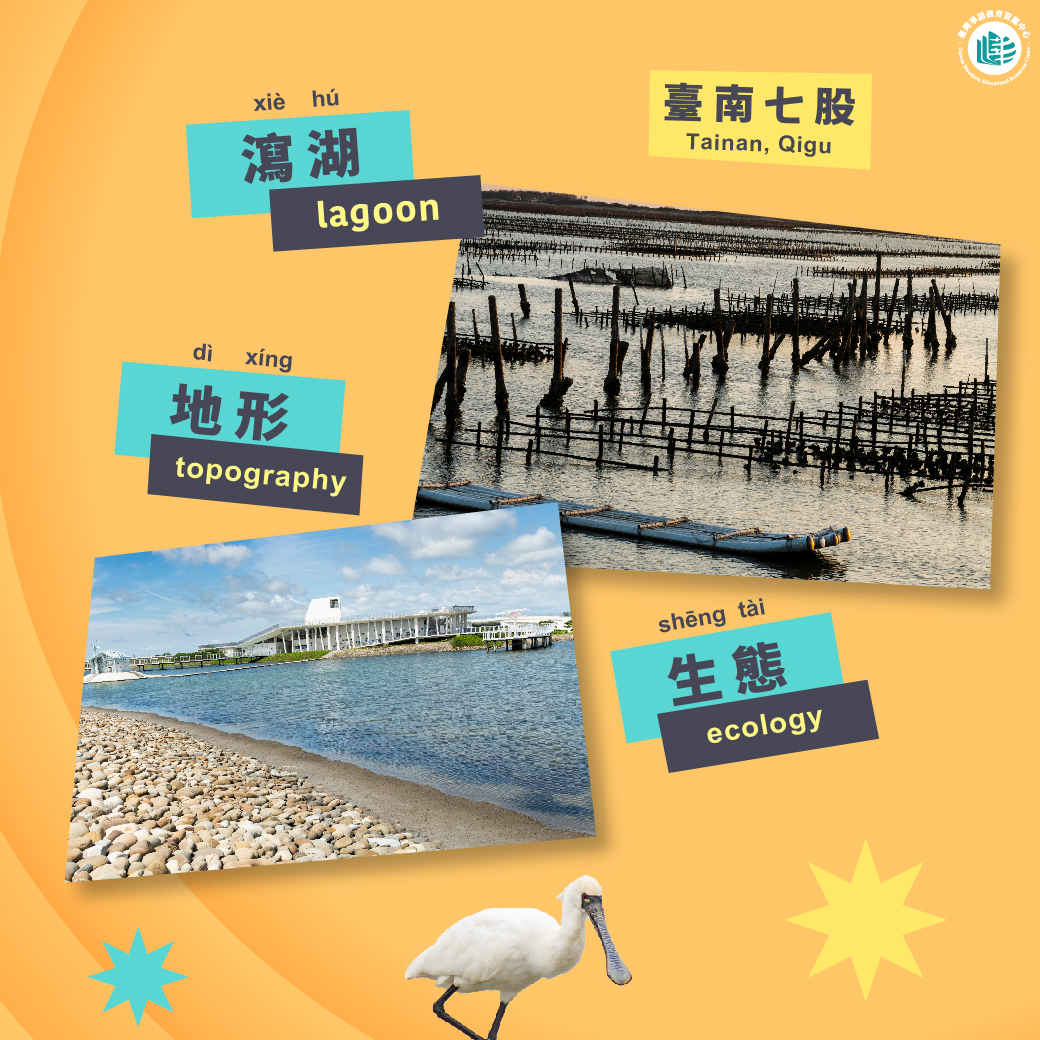Why come to Taiwan to learn Mandarin?
Find Institutes & Courses
News
Learning Mandarin In Taiwan
Mandarin Teacher
Master Teacher Column
Master Teacher Column
人工智慧(Artificial Intelligence, AI)技術的快速演進,正加速語言教育的轉型。本文從AI的核心特性出發,淺談其在華語文教學中的應用潛力
Teaching Experience Sharing
Teaching Experience Sharing
下龍大學為廣寧省省立大學,於2014由汪秘市師範專科與下龍市的旅遊觀光專校合併升格為大學,目前學生約5000多人。漢語組皆使用中國教材,教材編寫得都很不錯,只是幾乎是已出版十幾二十多年了。每學期必須教完教材內容。除了第一年教了一學期的大一外,都教大二、大三的聽力或口語課。每班都是大班,少則二十五六人,多則近四十人。每學期每周少則12節課,多則24節課。
Teacher Training Courses for Institutes
Teacher Training Courses for Institutes
【成大華語中心】2026年華語教學師資培訓班(120小時)開始報名了!
2026年華語教學師資培訓班(120小時)開始報名了! 即日起開始報名,請填寫線上報名表,並準備相關資料,一律採用網路報名方式。 *同時報名初階
Supplementary Materials
2025-01-20 ~ 2025-01-21
Organizer:FICHET Taiwan Mandarin Educational Resources Center
2025-03-17 ~ 2025-03-17
2025-03-19 ~ 2025-03-19
2025-03-23 ~ 2025-03-23
2025-03-25 ~ 2025-03-25
2025-03-30 ~ 2025-03-30
2025-04-11 ~ 2025-04-11
2025-04-13 ~ 2025-04-13
Organizer:FICEHT - Taiwan Mandarin Educational Resources Center
2025-04-09 ~ 2025-04-09
Organizer:社團法人美感細胞協會
2025-05-04 ~ 2025-05-04
2025-05-05 ~ 2025-05-05
2025-05-11 ~ 2025-05-11
2025-05-14 ~ 2025-05-14
2025-05-16 ~ 2025-05-16
2025-06-08 ~ 2025-06-08
2025-06-11 ~ 2025-06-11
2025-06-15 ~ 2025-06-15
2025-05-13 ~ 2025-05-13
Organizer:FICHET臺灣華語教育資源中心
2025-07-20 ~ 2025-07-20
Organizer:FICHET臺灣華語教育資源中心
2025-07-05 ~ 2025-07-05
Organizer:FICHET
2025-07-19 ~ 2025-07-19
2025-07-20 ~ 2025-07-20
2025-07-21 ~ 2025-07-21
2025-08-30 ~ 2025-08-30
2025-08-30 ~ 2025-08-30
Organizer:華測會
2025-08-30 ~ 2025-08-30
Organizer:華測會
2025-09-03 ~ 2025-09-03
Organizer: FICHET, Taiwan Mandarin Educational Resources Center
2025-09-20 ~ 2025-09-20
2025-09-23 ~ 2025-09-24
2025-10-01 ~ 2025-10-01
2025-09-25 ~ 2025-09-25
Organizer:國家教育研究院
2025-09-26 ~ 2025-09-26
Organizer:國家教育研究院
2025-10-02 ~ 2025-10-02
Organizer:國家教育研究院
2025-10-09 ~ 2025-10-09
Organizer:國家教育研究院
2025-11-15 ~ 2025-11-15
2025-11-05 ~ 2025-11-05
2025-12-07 ~ 2025-12-07
2025-11-04 ~ 2025-11-04
2025-12-19 ~ 2025-12-19
Organizer:國立屏東科技大學國際事務處、中原大學華語文教學中心、文藻外語大學華語中心及國立中山大學國際事務處華語教學中心
2025-12-27 ~ 2025-12-27
Organizer:國立屏東科技大學國際事務處、中原大學華語文教學中心、文藻外語大學華語中心及國立中山大學國際事務處華語教學中心
2026-01-09 ~ 2026-01-09
Organizer:國立屏東科技大學國際事務處、中原大學華語文教學中心、文藻外語大學華語中心及國立中山大學國際事務處華語教學中心
2026-01-24 ~ 2026-01-24
Organizer:國立屏東科技大學國際事務處、中原大學華語文教學中心、文藻外語大學華語中心及國立中山大學國際事務處華語教學中心
2025-11-19 ~ 2025-11-19
Organizer:International Language Asistant Exchange Program
2025-11-24 ~ 2025-11-24
Organizer:International Language Asistant Exchange Program
2025-12-10 ~ 2025-12-10
Organizer:International Language Asistant Exchange Program
2026-01-13 ~ 2026-01-13
2026-01-15 ~ 2026-01-15
2026-02-04 ~ 2026-02-04
Mandarin Teacher Training Courses Calendar

More Courses,

.png)




















